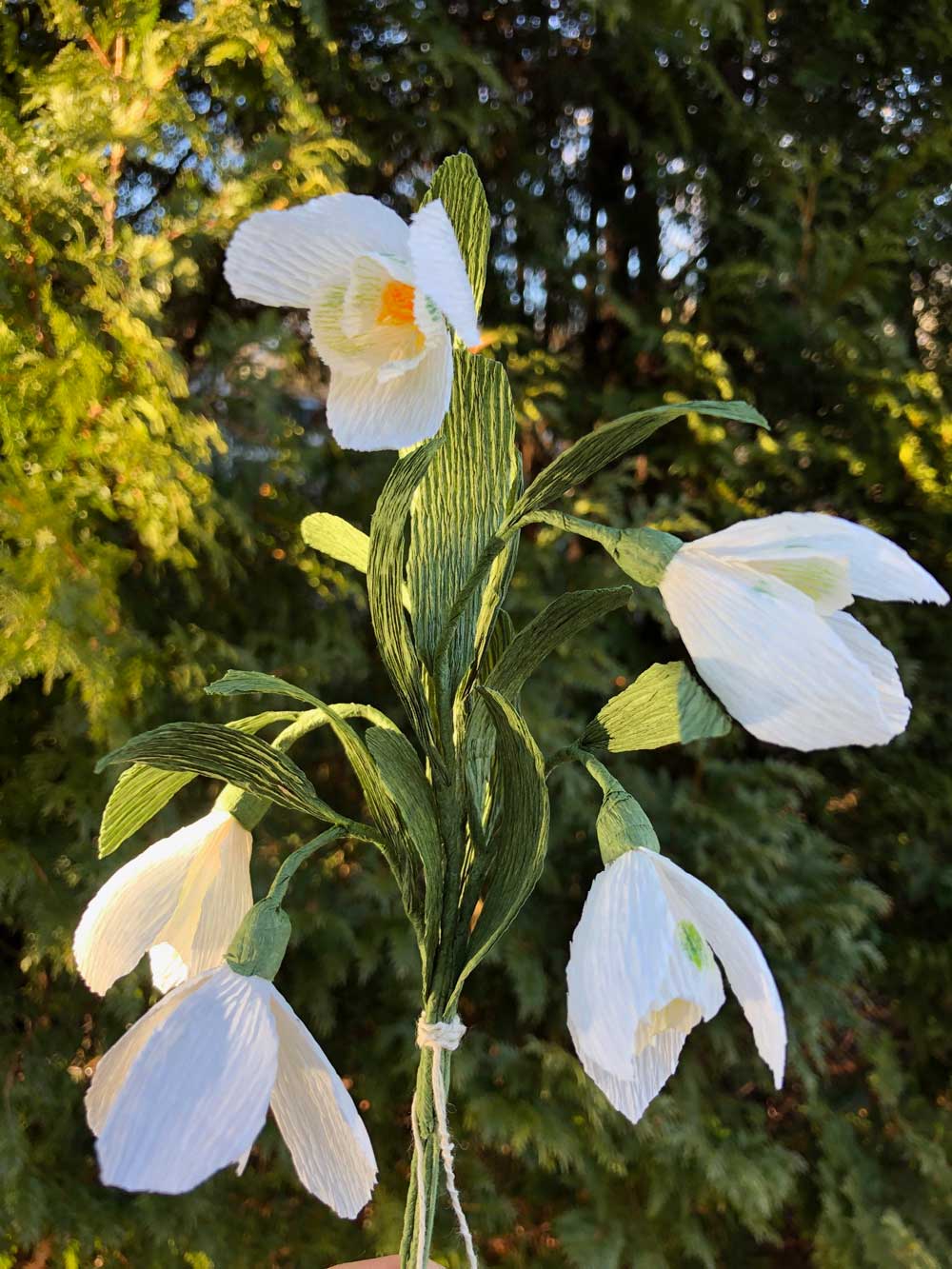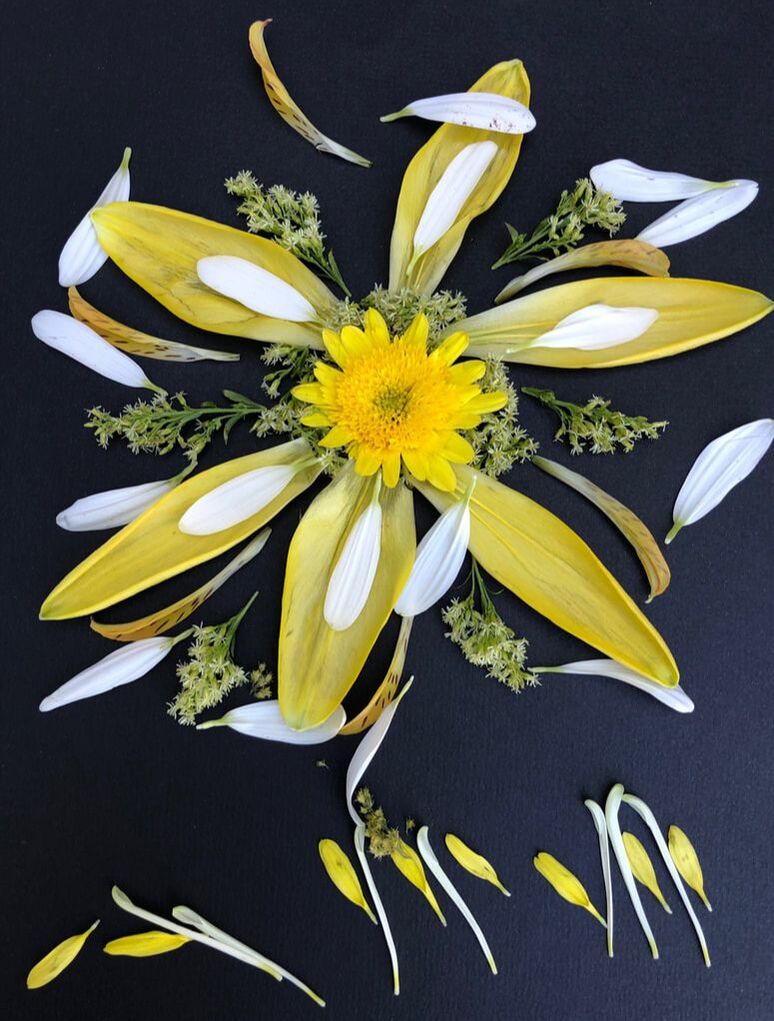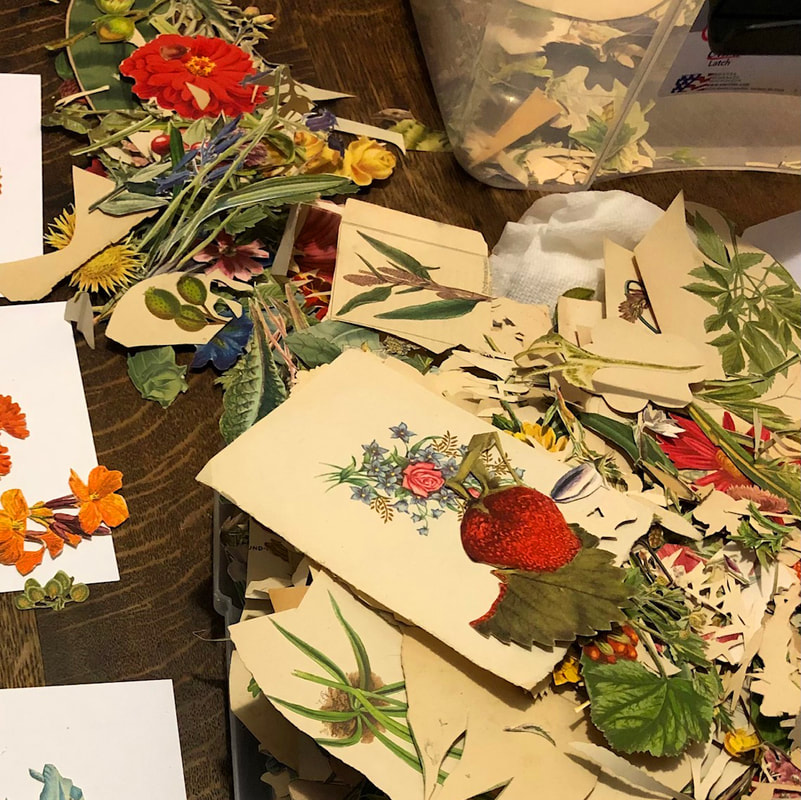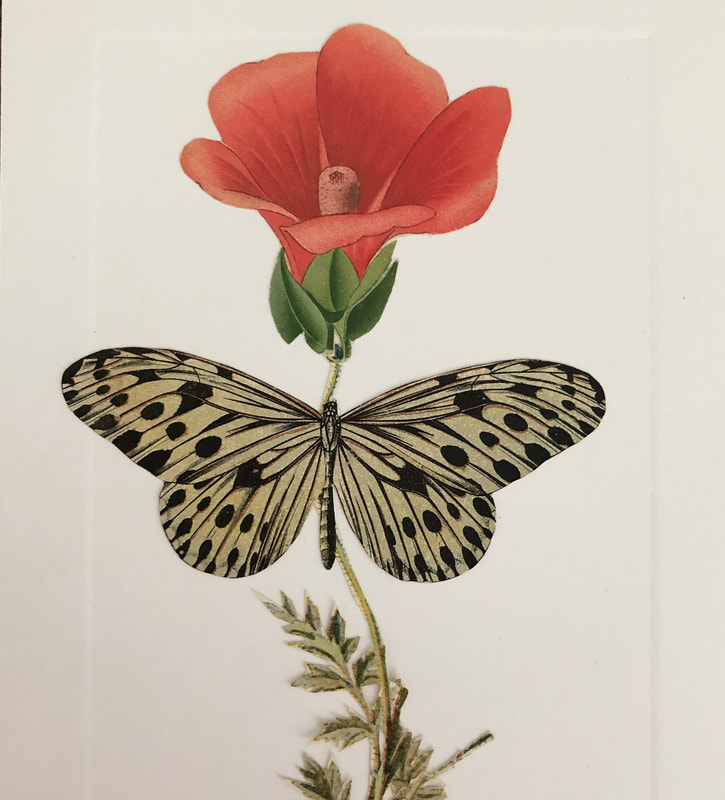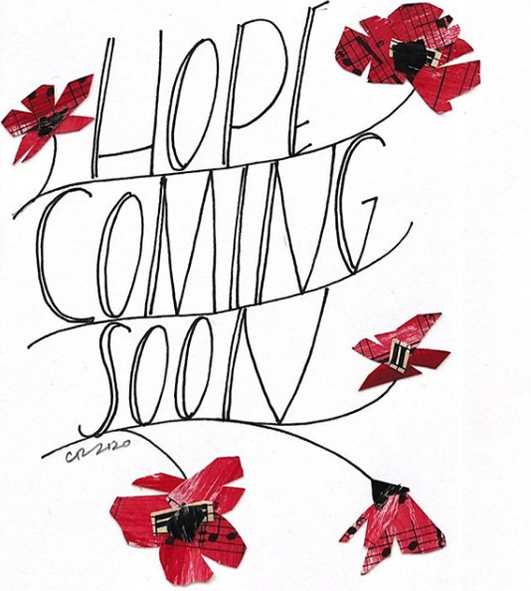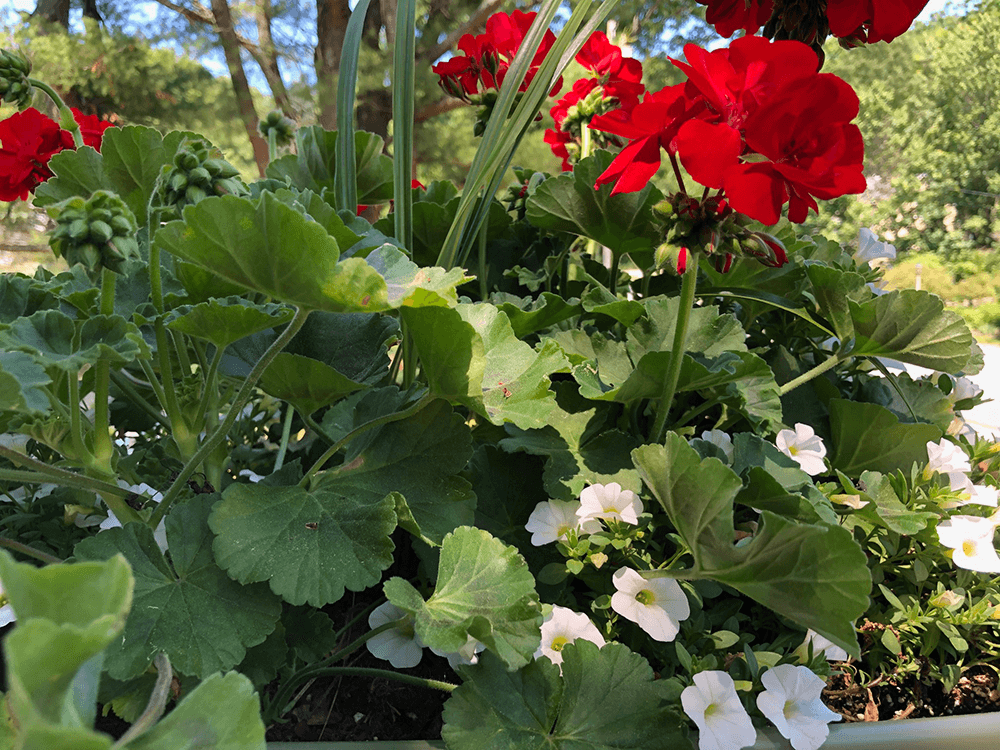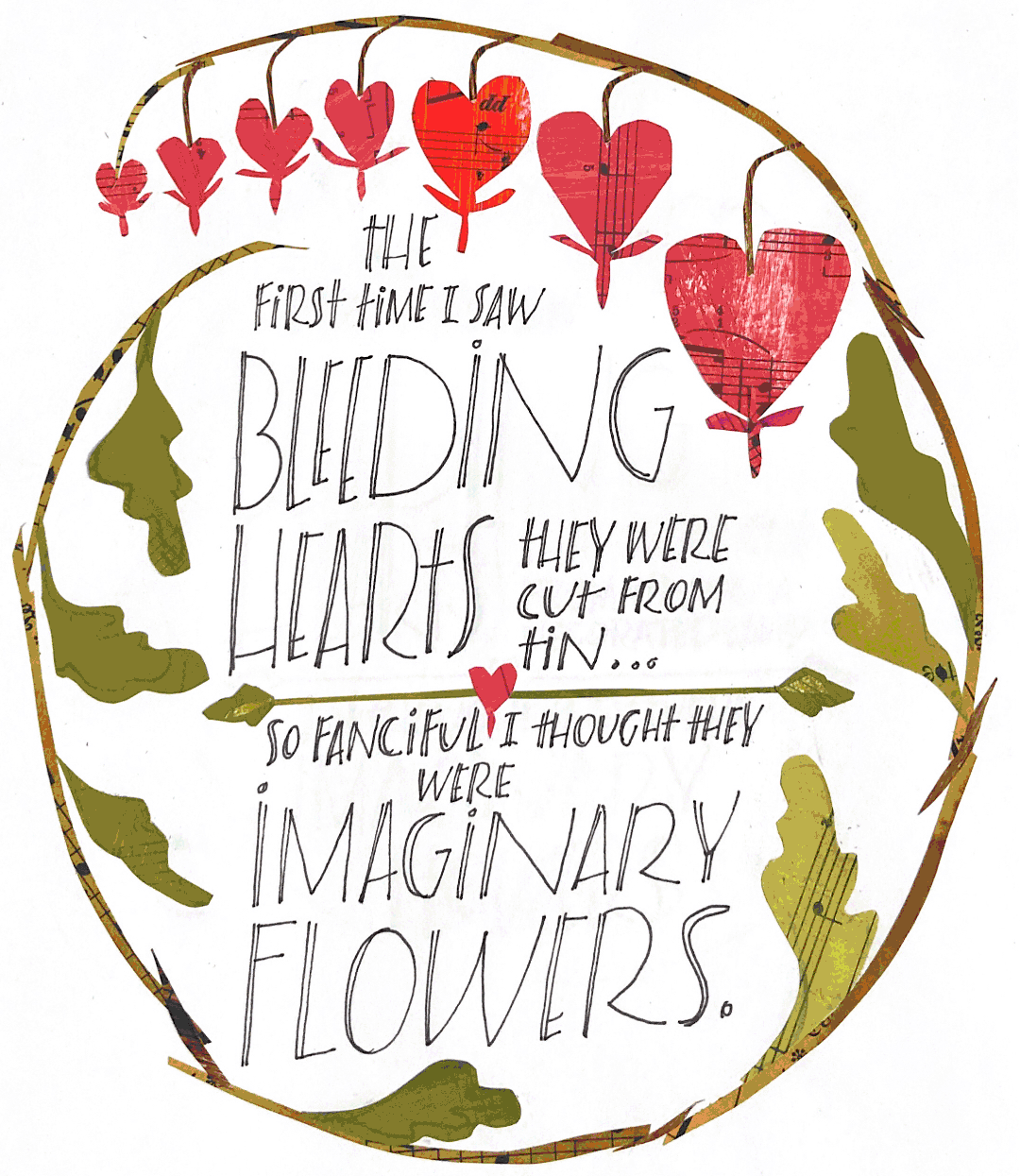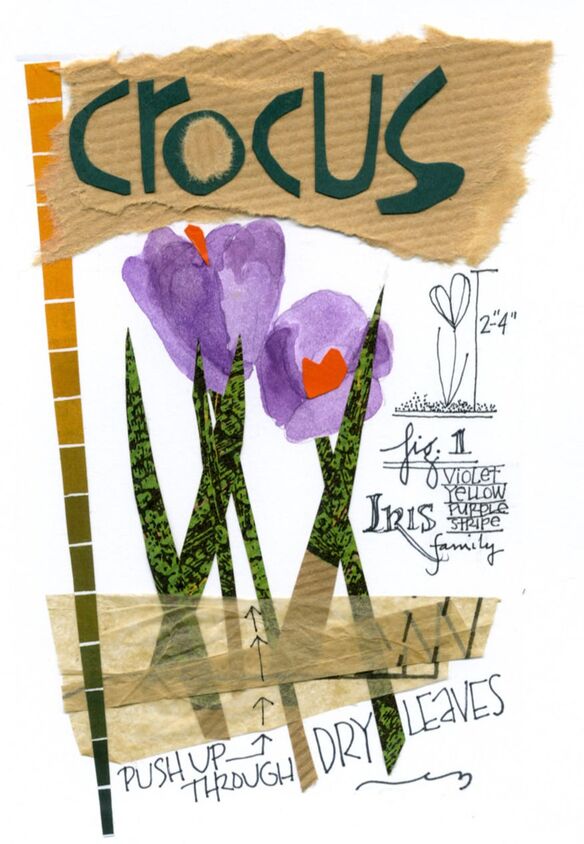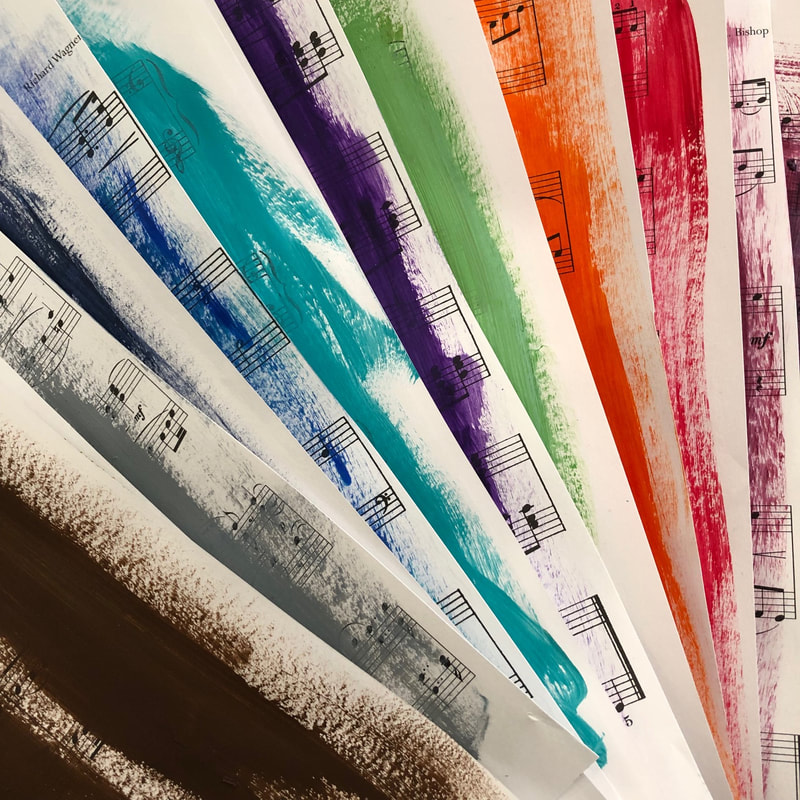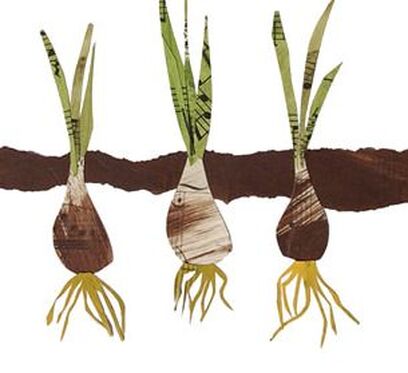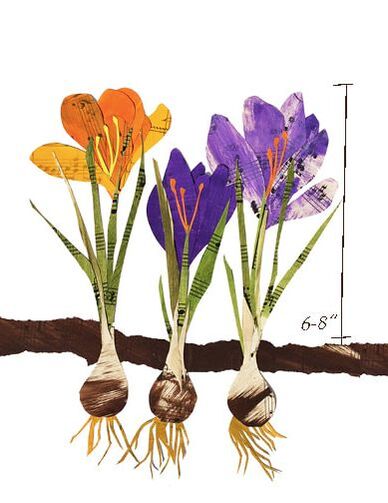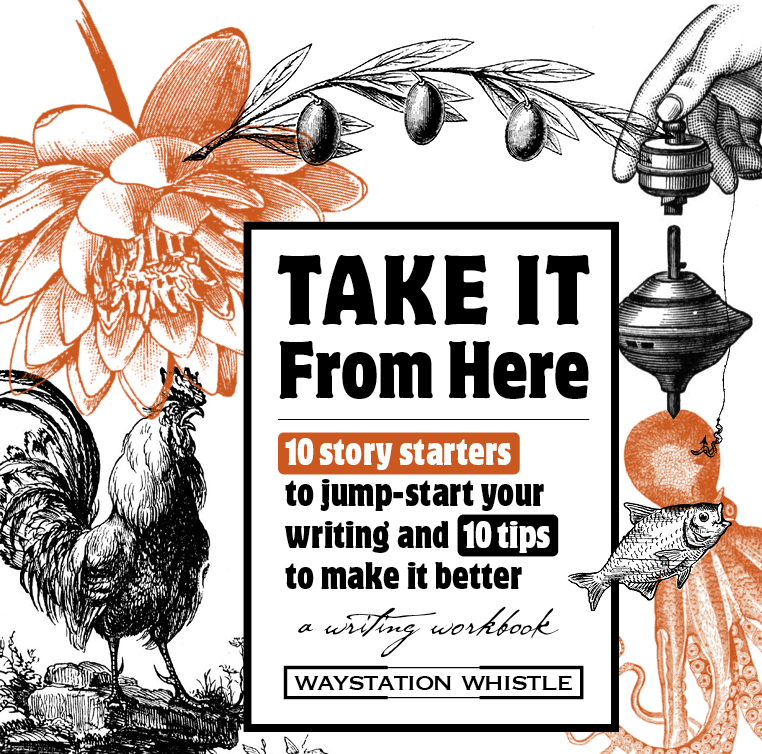|
Happy New Year The month of January is hobby month, and I decided to share my paper snowdrops because they're cheerful ... especially when photographed in the sunlight. Turns out, snowdrops are also the flower of the month for January and, not surprising, they represent hope and rebirth. Excellent! The flowers I make are the ones that capture my attention. It's that simple, really. There are no ulterior motives ... other than hoping I have the paper and supplies I need on hand ... and finding the instructions and tips I need to create them. When I did the research on snowdrops, I held my breath, worried that the flower might symbolize something unfavorable. What then? I was glad that the snowdrop represents hope and rebirth, but maybe I don't need to worry so much about it. Every flower I've researched has multiple meanings. Each one, in some way, symbolizes hope, love, and sorrow ... the very things life embodies. Symbolism ... is it helpful or a hindrance? Like flowers, the new year is full of symbolism ... endings and new beginnings, a fresh start. Have you made resolutions? Yes. No? Either way, maybe the best we can do is focus and apply ourselves to the things we want to create, do, or change; work at accepting what can't be changed; and in the meantime, pause to see the wonder that surrounds us. The remarkable petals of a flower, the sound of the wind through the trees, the tears that come when you chop an onion, or the comfort found in a spoonful of warm soup when there's a chill in the air. But most of all ... remember that starting or staying with something new is never easy, but persistence is key. Happy New Year!
2 Comments
Flowers ... paper and otherwise
Last week I received a beautiful gift from a friend ... a handmade paper box with cut paper roses adorning the lid. In the note she sent along with the box, she talked of the Victorian meaning of flowers ... roses in particular. They hold meaning for love, honor, faith, beauty, balance, passion, wisdom, and intrigue. My friend's flowers reminded me of the collage work I've done with flowers, much of it inspired by collage artist Mary Delany. Born in 1700, she started her collage work at age 72(!) where it's now exhibited at The British Museum. Delany's work was especially striking with black backgrounds and vivid colors. The floral arrangement above mimics Delany's style with the black background, but with natural materials. You can try it yourself by deconstructing and arranging just a few flowers (this arrangement is a lily, a daisy, some greens, and a small yellow flower I can no longer identify). Make your arrangement on black paper or some other background ... just be mindful of working outside and the breeze, it will wreak havoc with your petals (yes, that's the voice of experience). And remember, it's not too late to start something new. Mary Delaney did at 72 and from what I've read about her, it changed her life. Let's get going. Making something from nothing My mother used to make lampshades. Mostly hand-stitched silk shades with fringe. They're beautiful. She also did a turn with paper shades featuring cutouts as well as vintage florals, butterflies, and birds collaged on parchment papers. She no longer makes shades but still has the vintage papers. When she and my sister were clearing things, they asked if I might be interested in them. Yes, please. While I usually use painted sheet music in my collage work, I'm really enjoying the challenge and change of working with different materials. I'm not sure if it's a fanciful flower or butterfly floral? Doesn't really matter, I can't stop.
Yesterday I created more. And in the process relished the satisfaction of making. For well over an hour I sat snipping papers, switching one flower for another, digging deep into the pile of papers, tilting my head from left to right to analyze the layout before settling on the best possible arrangement, then gluing things in place. It took most of the afternoon before I talked myself into sitting down at my desk to get started, and am so glad I finally got there. Of course gluing papers in place may not be your idea of fun, but whatever it is, I encourage you to sit down, stand up, or do whatever it takes to get going. I think you'll be glad you did. Three words on a signboard in front of a local church. Hope was at the top, coming soon sat at the bottom of the sign, referring I’m sure to the day they might welcome parishioners inside. The words weren’t meant to be one phrase, but that’s how I saw it. I like to think hope is all around us ... it’s good to know more is on the way.
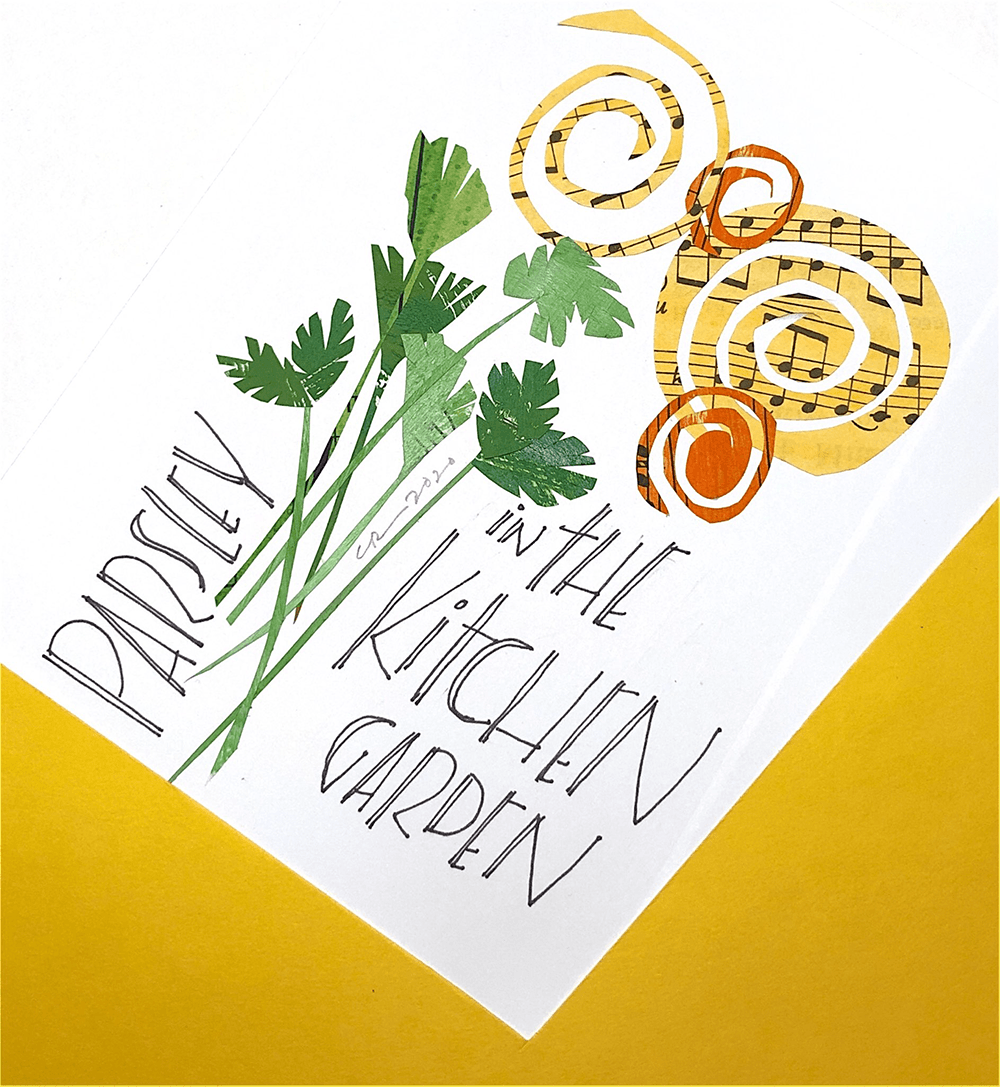 A little spice, a lot less work What to do when your thumb is less than green
Gardening takes time, a lot of time. There's the weeding and watering, pinching and pruning, bug patrol, and more weeding and watering. I like the idea of a garden, just not all the work that comes with it. I'm not sure if I want a garden or just what comes from the garden. The plump tomatoes, crisp lettuce, and striking magenta-colored potato skin on just-rinsed red potatoes. And flowers. Seeing what others do with flowers nearly makes me weep. It’s stunning. I don’t want to do the work, but I yearn for the look and the bounty of it all. Last year I found a solution: container gardens. Well, window boxes that sit on the porch railing. There’s a cut-out on the bottom of the box that fits the railing and holds it in place. It is, for me, the perfect solution. With container gardens, I satisfy an itchy, but less than green thumb. And having the boxes on the porches where I see them as I come and go ensures I won’t forget to prune and water, and water and prune what I've planted. But still, I keep it simple. Marigolds, some geraniums, and a small kitchen garden. Just herbs, really. Four plants: parsley and mint for one of my favorite summer recipes, quinoa tabouleh, along with thyme and oregano for good measure. Container gardens are the answer to small spaces, and small ambitions ... in gardening. Do you have a flower or kitchen garden? A more ambitious spread with rows of peas, potatoes, and varieties of this and that? If gardening is not happening in your world, remember, there’s always the farmers’ market. Green thumbs all around and plenty of parsley, sage, rosemary, and thyme. Extraordinary but real
The first time I saw what I would later learn was a bleeding heart plant, I thought it was a fanciful creation. Imaginary flowers created by some skilled craftsperson with an affinity for hearts. We’d been invited by friends to join them for the weekend at the family “home,” a second home that went back generations. Though no one lived in house, it was occupied regularly by different members of the extended family, often in the way we were using it: a weekend get-away, a few days in the country. It was a grand old farmhouse with an eclectic mix of antique furniture, professionally painted portraits, pillow-soft sofas, a staircase off the living room and another in the kitchen, threadbare bedspreads, a large lawn, formal garden, and a hand-crafted lamp with bleeding hearts cut from tin. The bleeding hearts were a life-size decorative element at the base of the lamp. The tin hearts were painted pink, pierced, and threaded with wire to hang and sway like the real thing. I’d never seen such a plant and the heart shapes seemed too extraordinary to be real. It was only years later when I saw a bleeding heart plant growing in someone’s garden did I learn they were real. It’s clear the lamp was inspired by nature, but I wonder ... was it created to mirror a passion for gardening? After all, there was that formal garden. Or was it a way to explore the potential of cut metal? Maybe it was simply a one-and-done hobby project. Looking back It’s spring here in Maine and the bleeding hearts are in bloom. Seeing them always reminds me of that lamp. Of my doubt. How I admired the skill and artistry of the lamp, but scoffed at the idea of heart-shaped flowers. My ignorance colored my perception of what I was looking at. I realize now the artist must have been inspired by one or all of the elements that made the lamp what it was: the flowers, nature, their craft. And how, by creating a lasting reminder of the plant, they preserved a moment in time. Sharing matters I’m in the early stages of journaling, but I see that no matter what we create, the materials we use, or the subject we choose to represent, by giving it form, we’re able to share it and touch others in ways we’ll never know. The artist who created that lamp will never know how much I think about it, what I learned from it, what it means to me. Or how I wish it was in my living room. So share your art, your craft, your writing. You never know who's looking. What are you working on? Craft Month From one crocus to another ... the art of craft and collage When I started doing collage, I worked with different papers, inks, and paints. The crocus above is an early collage. Lots of different papers, some watercolor, and some handwriting. I enjoyed creating the collage, but as I moved to other pieces, finding papers to match what I had envisioned became more and more difficult. And frustrating. So I set it aside. Until I discovered sheet music. Three big books of sheet music at a yard sale ... 25¢ each. It was the end of the day and the books were headed for the dump. My early attempts at collage somehow brought me to see these books as something other than what they were. And I understood: Sheet music would be the base paper for my collage work. When I got the books home, I painted full-size sheets in a rainbow of colors. Painting the sheet music gave me a full range of color and where the music comes through, I found unexpected textures. By limiting myself to these painted sheets, I focused more on the objects and image I wanted to create and less time searching for materials. I never would have expected to enjoy it so much. Collage is a forgiving art form. While there's something precise about what I create, there is a lot of room for interpretation. Like the bulbs we plant in the fall, our ideas may lie dormant for months, or even years, before we're inspired to take the next step. In my early collage work I see things I would change, but I still like it. It reminds me that there's a process. That it takes time to develop a skill. And that starting is the only way to get to something more, something better.
It may take a few seasons to get it right, but when it does, the project (and you) will blossom in ways you could never have imagined. March is Craft Month, a good month to start or revisit a project. What are you working on? Let me know. Maybe it's something I'd like to try! |
Whistlestop Blog
Enjoy a story and find inspiration to write one of your own. Categories
All
|
